9 EU Countries That Grant Citizenship to the Great Grandchildren of Their Citizens
EU citizenships are generally considered the world’s most desirable, in large part any EU citizenship grants settlement and travel access not merely to the issuing country but also to 31 European countries: All the 27 EU countries, as well as four non-EU countries that are part of the Single Market, i.e. Norway, Switzerland, Iceland, and Liechtenstein.
As a citizen of, say, Sweden, you have the same rights to live and work in Paris, Berlin, Madrid, or Rome as the citizens of, respectively, France, Germany, Spain, or Italy.
The high value of an EU citizenship is not merely hypothetical; the market value is routinely confirmed by actual transactions: Tiny Malta, the only EU country in which citizenship can be “bought” directly, receives hundreds of applications each year from investors who willingly spend a minimum of EUR 690,000 (usually closer to a million because applicants tend to include family members) for the privilege of acquiring nationality.
Five Caribbean island states similarly offer citizenship in exchange for a financial contribution but can only command a fraction of the capital Malta can. The chief price differentiator is Malta’s membership in the EU.
Montenegro, though a non-EU country, is able to command a contribution for its citizenship that’s 3-5 times above the Caribbean level on the mere prospect of one day becoming an EU country.
Beyond the settlement rights throughout one of the world’s most developed, wealthy, and democratic regions, EU passports also distinguish themselves by consistently affording the holder more visa-free access than most other countries. Whichever passport ranking you consider, the upper echelons are invariably dominated by EU countries and practically all EU passport-holders can travel without visas to 180 or more countries and territories.
The attraction of EU citizenship is beyond dispute, which is why investors the world over spend huge sums of money (or merely large sums and five years of waiting, such as with Portugal’s Golden Visa) to get them.
But what’s often neglected is that literally hundreds of millions of people around the world can acquire EU citizenship virtually for free, thanks to their European ancestry and the continent’s EU Citizenship by Descent policies. Only a tiny fraction of those who are eligible ever avail themselves of this option, either because they don’t know about it or don’t see the value in it.
Among those 31 countries in the Single Market, 17 offer citizenship to the grandchildren, great-grandchildren, and – in some cases – even more distant descendants of their nationals. This overview focuses on the eight EU/Single Market countries that offer citizenship up to at least the third generation, i.e. to those whose great-grandparents were citizens. They are, in alphabetical order:
Bulgaria – 3rd generation or beyond
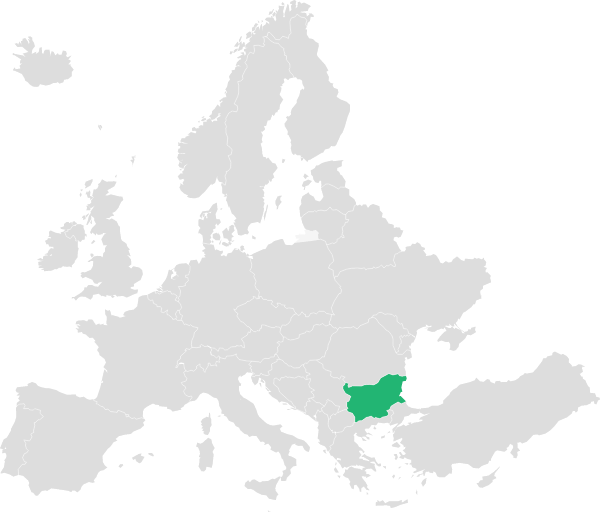
Section 15 of Bulgaria’s citizenship act allows for the granting of citizenship by descent to those who can prove they are of Bulgarian origin, with no particular limit on the number of generations that may have passed. This means you can naturalize as a Bulgarian even if several generations of your ancestors have not held citizenship, if you are able to prove that at least one ancestor did
How many potentially qualify and where do they live now?
About 2.5 million ethnic Bulgarians live outside Bulgaria. The largest concentrations of Bulgarians in non-EU countries are found in Ukraine (est. 200-500,000), the US (300,000+), Turkey (300,000+), the UK (100,000+), and Moldova (100,000).
Learn more: How to qualify for citizenship by descent in Bulgaria
Hungary – 3rd generation and beyond
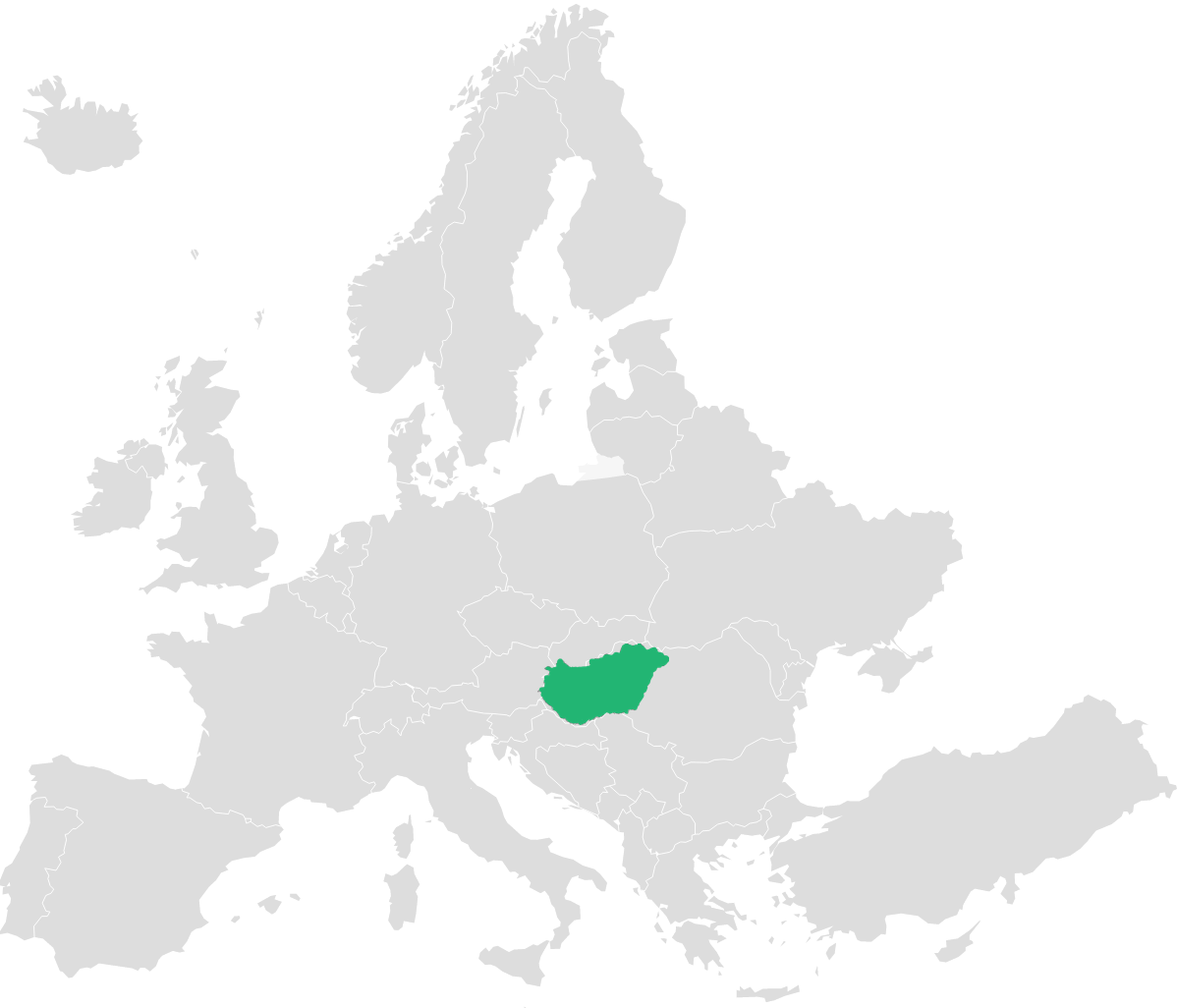
Since amending its nationality law in 2010 to allow for the naturalization of foreign citizens of Hungarian descent without the need for a residency period or mastery of the Hungarian language, Hungary has approved more than a million citizenship by descent applications.
How many potentially qualify and where do they live now?
Among the 3 million-odd ethnic Hungarians who don’t live in the EU, nearly two million live in North America, while countries like Serbia, Israel, and Ukraine each have hundreds of thousands of Hungarian descendants.
Learn more: How to qualify for citizenship by descent in Hungary
Ireland – Up to the 3rd generation
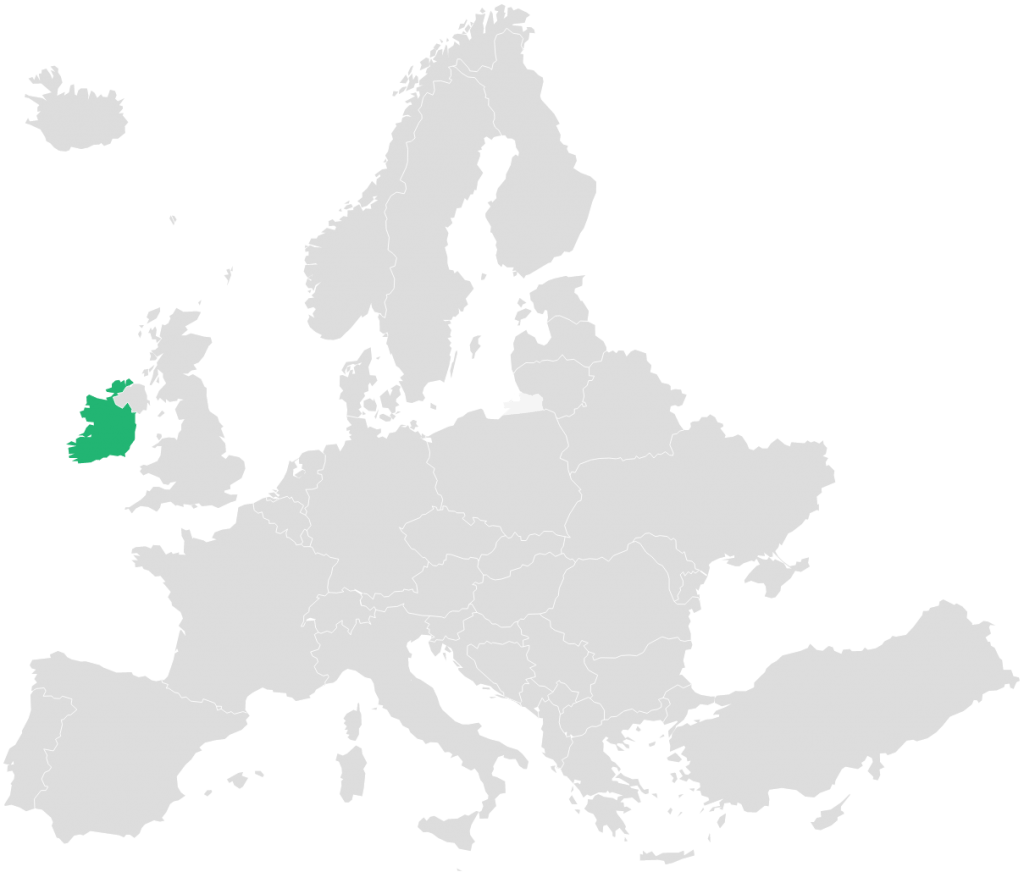
Ireland’s citizenship by descent policy is among the world’s most popular, evidenced by the observation that while the country itself has a population of just five million, more than 15 million Irish passports are in circulation. Even if your grandparents were not born in Ireland, you may still qualify for Irish citizenship by descent if you have great grandparents who were.
How many potentially qualify and where do they live now?
An estimated 80 million people worldwide have some claim to Irish descent. About 36 million Americans claim Irish as their primary ethnicity (many more have some Irish ancestry), and almost a quarter of UK residents (about 14 million people) have some Irish ancestry. Other non-EU countries with sizeable populations of Irish heritage include Australia (about 7 million), Canada (about 5 million), and Argentina (1 million).
You can learn more about how to obtain Irish citizenship by descent through this helpful overview from our friends at Nomad Capitalist.
Italy – 3rd generation or beyond
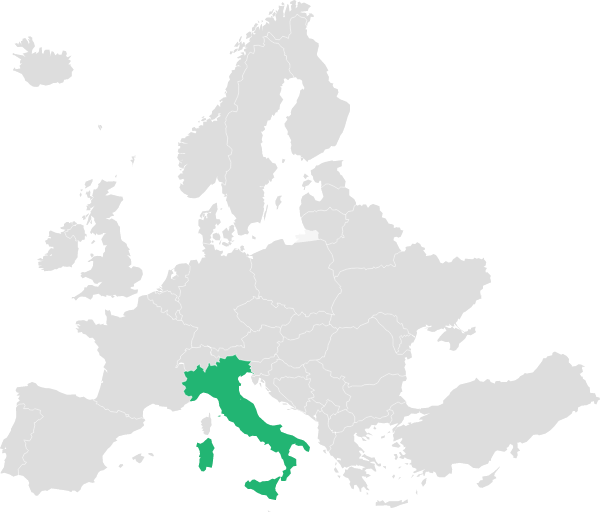
Italy will grant citizenship to those who can demonstrate Italian ancestry, practically no matter how far back. Moreover, the processing, even in the consulates receiving the highest volume of applications, is a maximum of two years thanks to a prominent series of court cases in which the Italian Court of Rome ruled in favor of applicants who had waited more than two years for an appointment. The ruling resulted in the immediate granting of citizenship.
How many potentially qualify and where do they live now?
From Buenos Aires to Boston, tens of millions are likely eligible. Though estimates are rough and vary considerably between sources, even a conservative count pegs the magnitude of the Italian Diaspora at some 83 million people worldwide today. The largest Italian heritage populations are found in Brazil (31 million), Argentina (25m), the US (17m), Venezuela (2m), Colombia (2m), Canada (1.4m), and Uruguay (1m).
Learn more: How to qualify for citizenship by descent in Italy
Latvia – 3rd generation or beyond
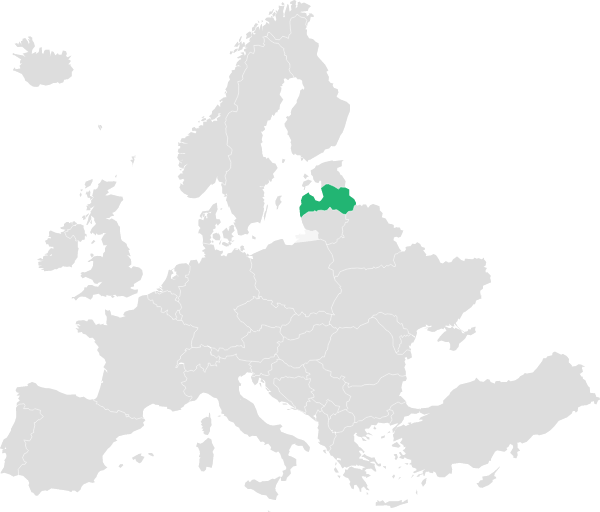
Those belonging to the Latvian or Liv ethnic groups, as well as descendants of those exiled from Latvia by war, are eligible to apply for Latvian citizenship by descent. In practice, Latvian citizenship law allows for a broad range of ways to qualify. There are no specified generational limits, which means that even if you have only very distant Latvian ancestors, you may still qualify.
How many potentially qualify and where do they live now?
Global numbers of foreign citizens of Latvian heritage are hard to come by, but at least 100,000 of them live in the US, 30,000 in Canada, and 25,000 in Australia.
Learn more: How to qualify for citizenship by descent in Latvia
Lithuania – 3rd generation or beyond
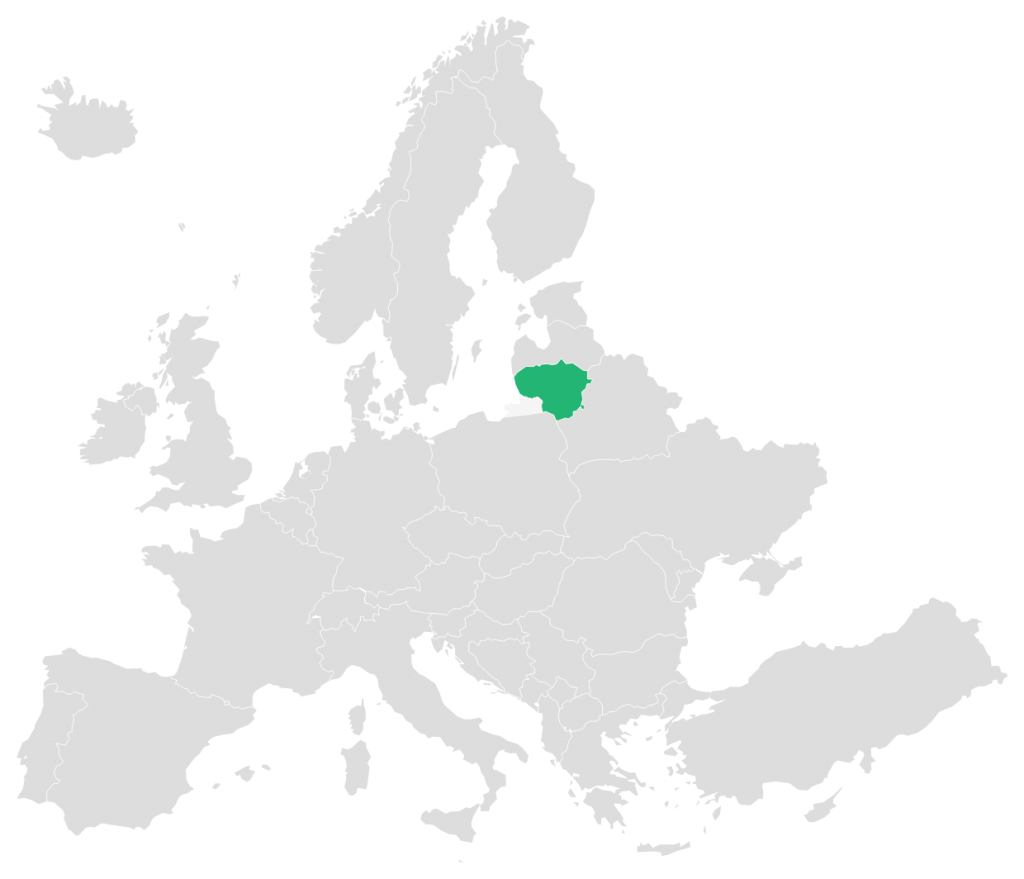
If one of your ancestors up to and including your great grandparents were citizens of the Republic of Lithuania (as it existed from 1918 to 1940) or if your ancestor left Lithuania at some point before it re-gained independence in 1990.
How many potentially qualify and where do they live now?
The largest populations of individuals with Lithuanian ancestry outside the EU are found in the United States (650,000), the UK (200,000), Brazil (60,000), Canada (47,000), Argentina (45,000), and Russia (32,000).
Luxembourg – 3rd generation or beyond
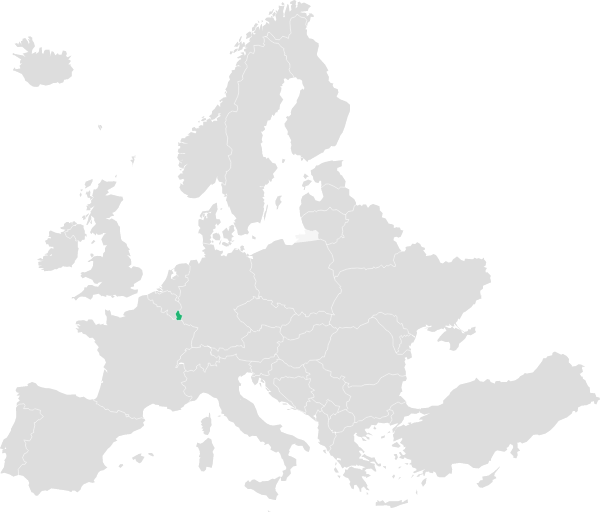
If your parent, grandparent, or (paternal lineage only) even earlier ancestor was a Luxembourg national, you have a claim to citizenship by descent. To qualify, you must provide the birth certificate of your ancestor or other relevant documentation, typically obtainable upon request with public records bureaus in Luxembourg.
How many potentially qualify and where do they live now?
Luxembourg is a tiny country with a population of only some 600,000. It stands to reason, then, that its diaspora is also limited. Fewer than 100,000 individuals of Luxembourgish descent live outside the country.
Poland – 3rd generation or beyond
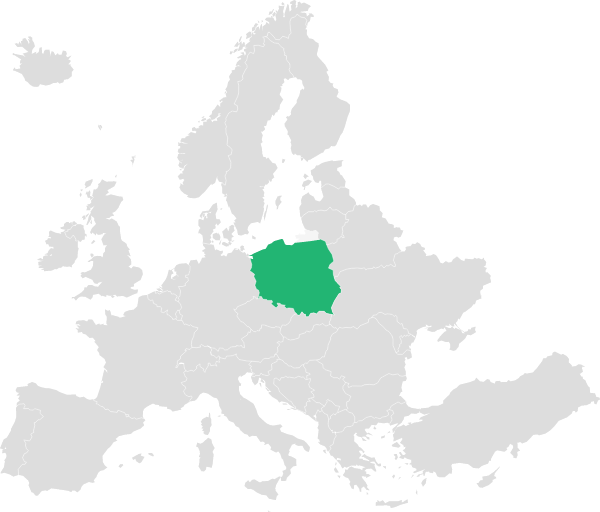
Poland offers citizenship by descent to those who can demonstrate they have ancestors who were Polish citizens at or after the founding of the Second Polish Republic in 1919. The country’s citizenship law places no generational limits on eligibility.
How many potentially qualify and where do they live now?
The Polish diaspora is among the world’s largest and numbers, at a bare minimum, 30 million people globally. In the 2020 census, nearly 10 million Americans self-identified as Polish-American. Many Americans of Polish origin don’t necessarily self-identify as Polish; the Polish American Cultural Center pegs the number at 19 million. Polish descendants in the US are highly concentrated in the Great Lakes region, particularly in Wisconsin, Michigan, and Illinois, as well as in Pennsulvania, New Jersey, and Massacusetts. Other non-EU countries with sizeable Polish-lineage populations include Brazil (3m), Canada (1m), Argentina (500,000), Belarus (400,000), Russia (300,000), Australia (200,000), and Ukraine (150,000).
Learn more: How to qualify for citizenship by descent in Poland
Slovakia – Up to the 3rd generation
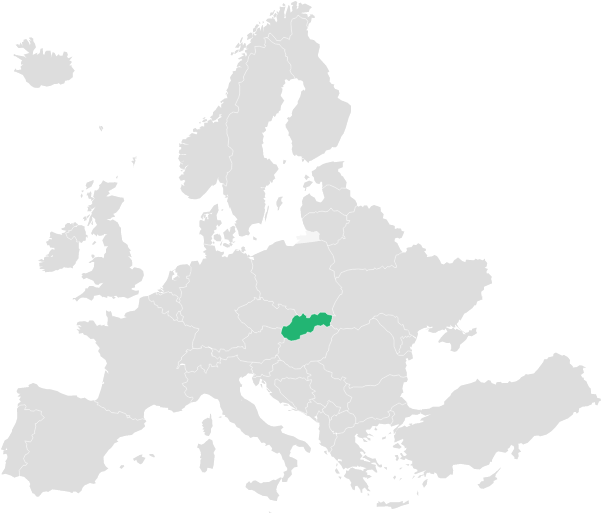
Those with ancestors born in former Czechoslovakia on what is today the territory of the Slovak Republic are eligible for naturalization in Slovakia and, by extension, full EU citizenship, with settlement rights in 27 countries.
How many potentially qualify and where do they live now?
An estimated 800,000 Americans – concentrated in the states of Ohio, Pennsylvania, New York, and West Virginia – as well as some 700,000 Slovak descendants dispersed elsewhere across the (non-EU) globe likely already qualify for citizenship.
Learn more: How to qualify for citizenship by descent in Slovakia


